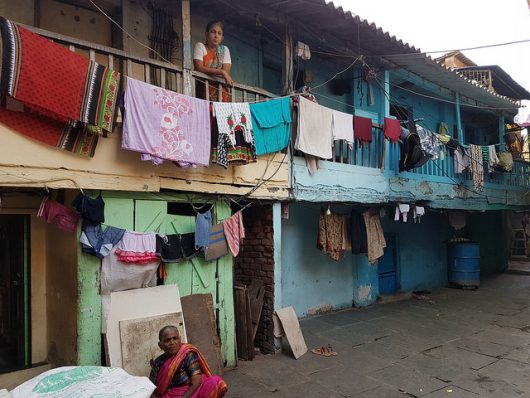Poverty Acts as A Factor in High Rates of Obesity in India

Alongside rising poverty rates, India’s population has encountered elevated cases of nutrition-related diseases. However, as a result of the fast-food proliferation movement caused by the multi-spread of fast food industries through globalization, the problem of obesity in India succeeded in outweighing its underweight and malnourishment issues due to its multiple life-threatening comorbidities.
With 270 million people reported as living below the poverty line, India was not previously seen to be at risk of obesity which was correlated with higher and more frequent access to food. Yet, the Indian lifestyle altered dramatically, from an active mode of living requiring constant strength and mobility in agricultural fields and industrial sectors to a sedentary lifestyle dependent on machines and technological innovations brought upon the country by the developed nations in the form of transnational corporations.
According to the Lancet journal in 2013, the percentage of obesity in India ranked the nation as one of the top 10 countries having the highest proportion of obese citizens. In fact, India and China together contributed to 15 percent of the world’s obesity, with a total of 46 million Chinese and 30 million Indian obese people.
New Food and Dietary Patterns
Globalization and the expansion of transnational corporations have been continuously associated as two main underlying causes of the obesity epidemic witnessed in developing countries. Foreign trade through multinational companies paved the pathway for increasing the availability of international food products and foreign brands at reduced prices.
This shift in dietary patterns and the quality of food products in the markets not only negatively affected the profit of local farmers and the country’s overall economy, but it also led to the development of a double burden of disease on the healthcare system. On the one hand, infectious and communicable diseases continue to strive and cause seasonal outbreaks; on the other, the afterthoughts of obesity including heart disease, liver damage and diabetes reflect the dangerous health impact of obesity through high incidence and prevalence rates.
Impact of Obesity in India
Dr. Anoop Misra, chairman of the National Diabetes, Obesity, and Cholesterol Foundation, highlighted obesity in India as one of the most concerning health issues for the country’s population, particularly among children. According to Misra, recent childhood obesity statistics are alarming as the intra-abdominal and truncal subcutaneous adiposity features in children tend to expose them to further lifelong comorbidities such as type II diabetes. Misra also asserted the crucial need for intervention programs in the country addressing obesity through healthy nutrition, physical activity, and stress management.
Measures for Improvement
Despite the significant impact caused by obesity on the overall development of the country, only few steps and initiatives have been taken to address the problem. Certain non-profit organizations provide resources for the youth and their parents to help them fight obesity, while medical professionals tend to recommend bariatric surgery rather than preventive treatment due to higher effectiveness and efficiency.
Future efforts in the country should be directed towards primary prevention, including educational and awareness campaigns, physical education opportunities and access to healthy/locally grown food at lower prices. Such attempts could contribute in proactively lowering the rates of obesity in India rather than relying on expensive means to fight the problem.
– Lea Sacca
Photo: Flickr
